Unless you’ve been living under a rock, you know a lot of things have been going on for Metro-North this week. Though people have asked me whether I am going to cover the story myself for this blog, it is my decision to defer to others that have intelligently discussed it elsewhere. Unfortunately, such discussion is but a drop in the ocean of sensational and uninformed thoughts and opinions of everyone and their mother. Clearly, this is why idioms like back-seat driver and armchair quarterback have entered our lexicon. While the 24 hour media can tick seconds away debating whether trains should have seatbelts (no), whether “deadly” curves should be banned (remember that time when the tracks used to be more curvy, and we moved a river?), or whether trains are even safe (yes, and more so than cars), I’m content to allow the NTSB to conduct their investigation, and come up with their suggestions on how to make things safer. You know, the people whose jobs are to investigate accidents, that have Ph.D.s, and whose ranks include “one of the world’s foremost human fatigue experts.” I guess that’s why I like to go to a doctor when I have medical issues, as opposed to consulting some random guy walking down the street.
I will, however, not ignore the events that have transpired. How does a photographer go out and take Metro North photos, or continue blogging, and pretend like everything is awesome? It doesn’t feel right. You don’t want to focus on it, you don’t want to let it define you, but you don’t want to ignore it either. On Instagram I began a series of black and white photographs, which I titled Commuter Life, to try and capture the mood I was feeling. Black and white seemed appropriate – a little somber, a little mourning – the way I felt stepping out on Monday and boarding a train on my way to work. I tried to focus on the people that ride the trains, as opposed to the trains themselves. Four people lost their lives on Sunday, and they could have been any one of us. That person on the platform that we see every day as we both commute. It’s a way of life we share.
Included with every photograph was a short musing on my part. It was more of a stream of consciousness thing – none of the photographs were staged, nor were the comments planned in advance. I carried my camera, and captured the things that caught my eye – from people waiting for the train, to Hudson Line “refugees” playing cards on a packed train to pass the time. In most of the instances, the subjects were unaware I was even photographing them.
You will find the twelve photographs of the series, and their accompanying captions, below – presented with no further commentary.
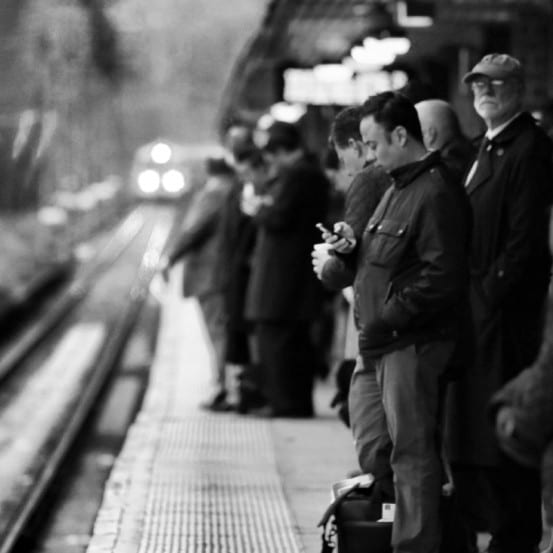
A relatively somber mood on the platform as we all head to work.
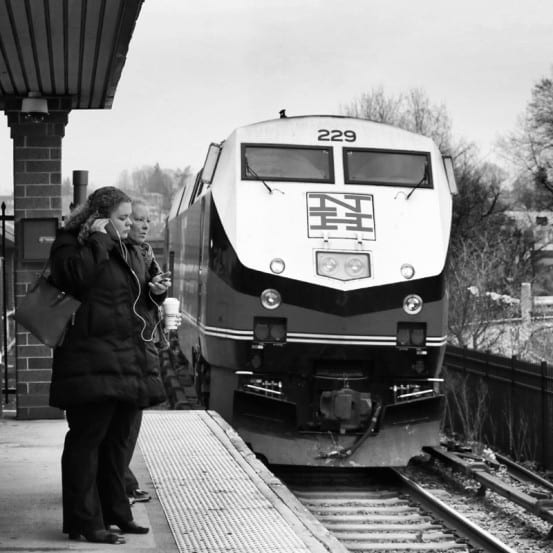
We wait for the train, but others are in our thoughts.
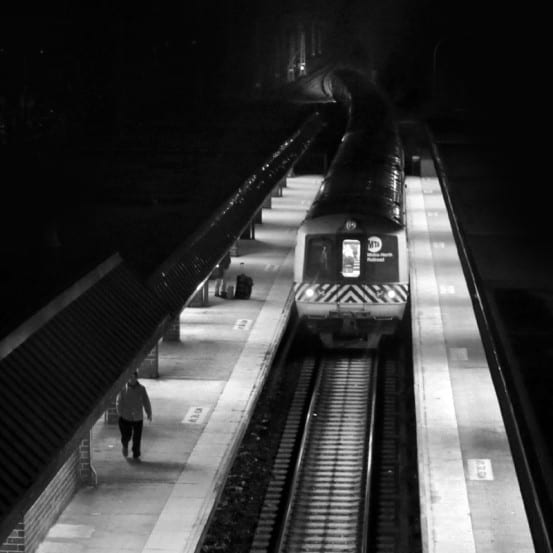
The trains, they are like a second home.
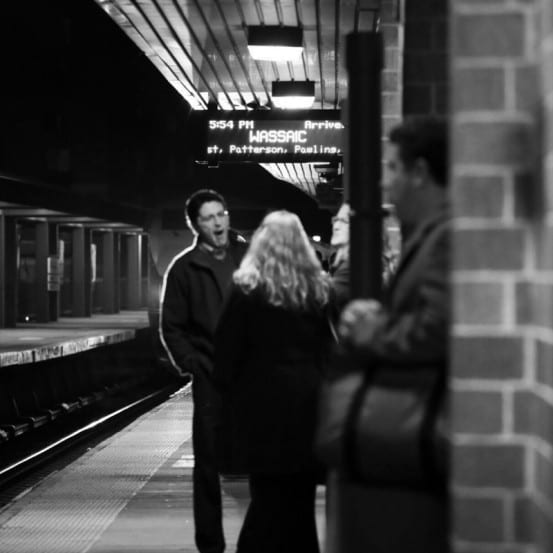
The commute may be long, but we make it our own.
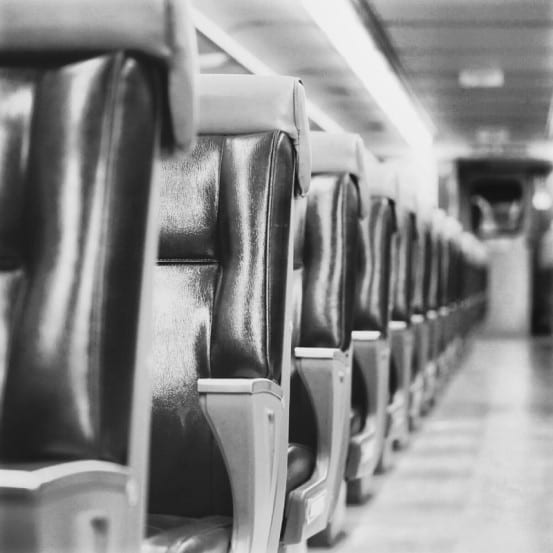
And when the seats empty, we head home, only to repeat again tomorrow.
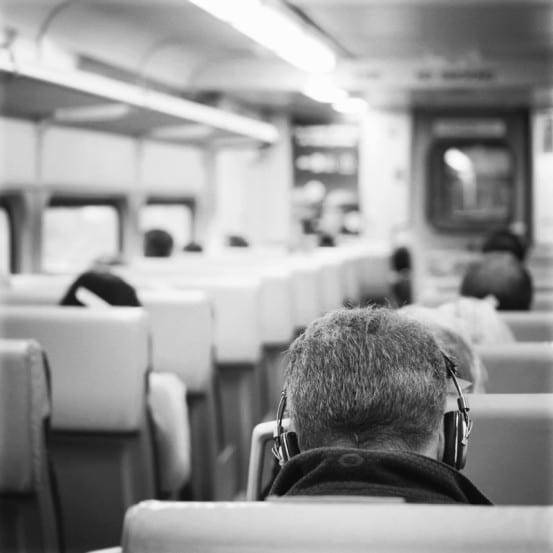
And today, we ride the train again.
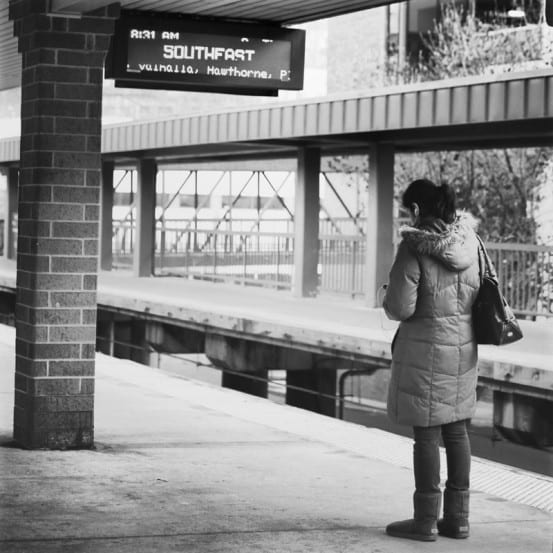
Some of us ride south, but others go north.
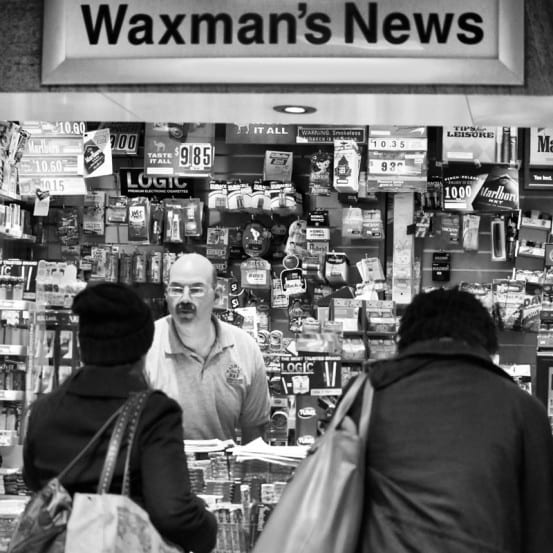
Though the technology advances, some traditions hold through.
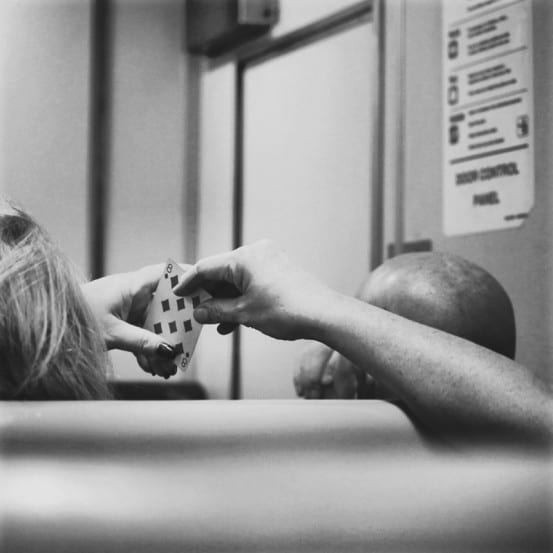
Sometimes we invent creative ways to pass the time.
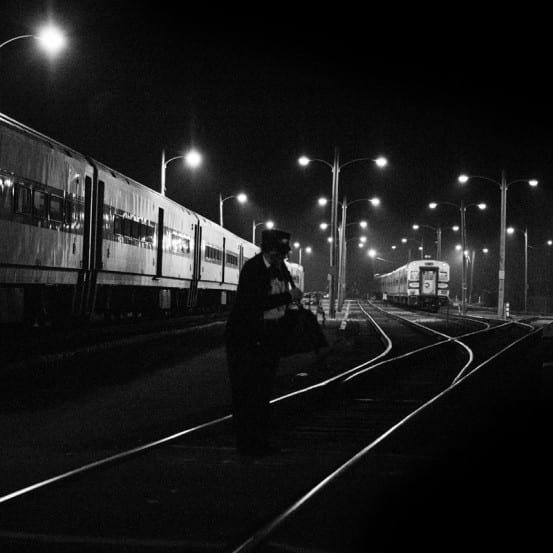
The railroad is not faceless, and sometimes it becomes our friend.


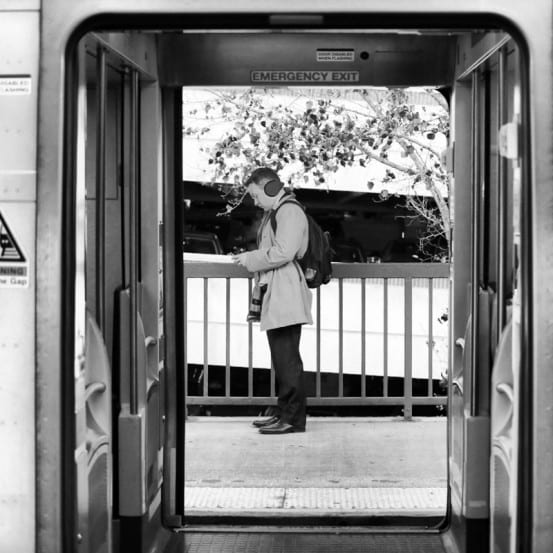
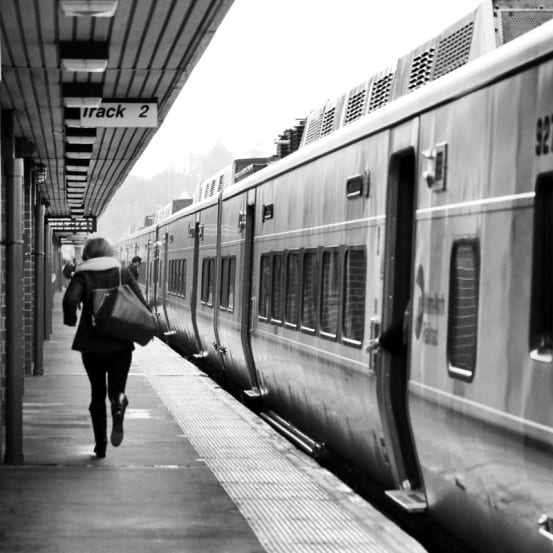
What an incredible way to acknowledge the accident without wrapping it in the sensationalism we’re being force-fed through the mainstream media. Well done.
Ditto what Steve said.
Nicely done. Thank you.
Thank you Emily, for this sensitively artistic photo-journalism, and for guiding your audience to a rational perspective. The event and its aftermath must have been wrenching for you. Once again, art proves its miraculous capacity for healing.
Truly,
James
Very well said.
Very nice presentation. A GM once told me that it takes only one Ah Shirt to wipe out 100 attaboys. It is hard for all, especially those of us in the industry, when incidents like this occur. I get more than angry listening to the media questioning any one that they can find usually asking dumb questions and getting stupid answers in return. Lets wait for the pro’s from the NTSB to wrap up their investigation.
Emily, those photos capture everything perfectly, and, to my untrained eye, are professional grade worthy of “Life” magazine-type publication. In my opinion, they are light-years ahead of the color, fish-eye stuff you normally shoot.
What’s the story on Waxman’s News? The guy selling papers looks EXACTLY LIKE Cong. Henry Waxman of California.
Gary Waxman’s father started the newsstand in White Plains station fortyish years ago. He worked there as a young man, and took over for his father at some point. Of course White Plains station isn’t that old – the original newsstand was in the old station designed by Warren & Wetmore that got torn down in the 80s.
I had never heard of Henry Waxman before, but they do look similar! I’ll have to ask Gary if there is any relation when I see him tonight ;)
These things aren’t supposed to happen, but they do.
And apparently the FRA agrees that things are not up to par:
http://www.fra.dot.gov/eLib/details/L04880
Beautiful photos. The “Southeast” sign looks like “Southfart” due to the blanking.
The vantage point from which the local TV crews did their “stand-ups” is a small (and I mean very small) “vest-pocket park,” as they used to be called, named “Half-Moon Overlook.” It is actually quite a pleasant place to do “trainspotting” from, with a spectacular view of the Palisades as well. One suspects they did it from there because the roads leading into and out of the immediate Spuyten Duyvil station parking lot would have needed to be cleared for emergency vehicles, but the reporters would have needed to have some view of what was going on.
With passage of time, I am sure that, while of course the deaths and injuries from the accident will never and should never be forgotten, someone could go back there and spend a pleasant hour or so on a summer morning/afternoon, without the pall of the accident overshadowing it, and get some really good photos. (Hopefully I am not coming across as hideously oblivious to what happened, but rather, to be seeing a faint glimmer of something other than tragedy in what has transpired.)
Thanks…memories of my father’s daily commute between Bedford Hills and GCT for 33 years until 1962 when he retired, and when I joined him while in college 1953-1957. Your sensitive and insightful essay is spot on.
:,(
Very poignant.
Very well written and photographed.
“You don’t want to focus on it, you don’t want to let it define you, but you don’t want to ignore it either.”
Allow me to join the others in saying this is an excellent blog entry. Your words above put it best.
Doing the photos in b&w is very dignified and appropriate for the occasion.